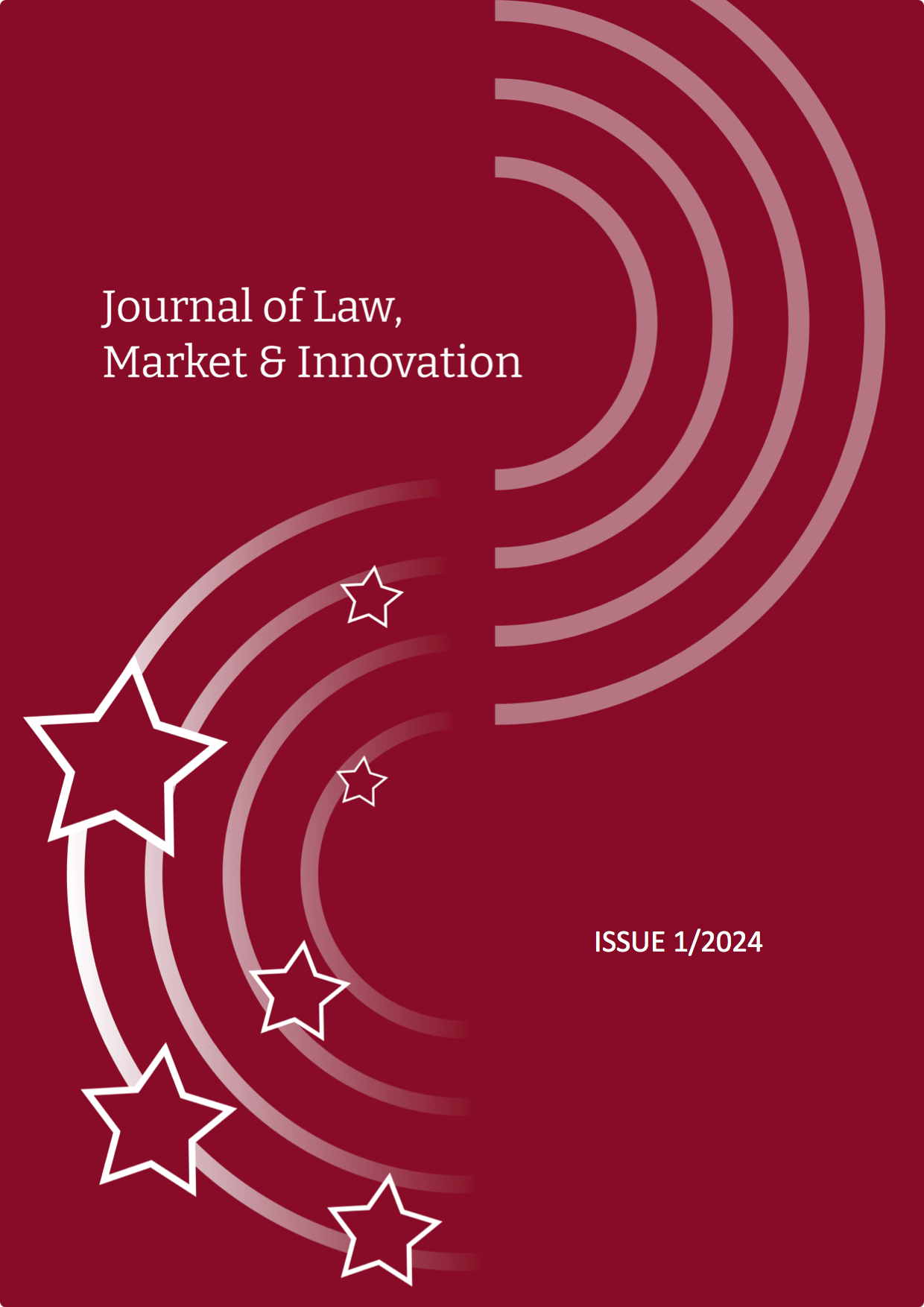The New Transatlantic Data Agreement Placed in Context: Decoding the Schrems Saga Within the Digital Economy
DOI:
https://doi.org/10.13135/2785-7867/10154Keywords:
privacy, data transfer, cross-border, digital economyAbstract
Any time we use digital services we create data. That data travels around continents, constituting the fundamentals of the digital economy. Begun in 2015, the Agreements that allowed this kind of free flow of data between the EU and the US have been invalidated – the Safe Harbour and the Privacy Shield – bringing uncertainty in the work of over 5300 companies that based their practices on such frameworks which allowed data to move borderless, as well as, threatening the digital rights of European citizens who do not see their data adequately protected across the Atlantic. Indeed, in Data Protection Commission v. Facebook Ireland – Schrems II – the CJEU claimed that US surveillance law offers inadequate safeguards for EU citizens’ data. In the summer of 2023, the transatlantic actor unlocked the gridlock with the new adequacy decision of the EU based on the new Transatlantic Data Privacy Framework, amid debate on the adequacy offered by it. The question of whether the new pact will ensure long-standing data flow between the two sides of the Atlantic remains open. The question is of extreme importance, such data transfers are fundamental to conducting international trade and commerce in today's globally connected world. Therefore, people and businesses can use crossborder data flows to communicate online, map global supply chains, share research, provide cross-border services, and drive technological innovation. The trade and investment relationships between the US and the EU are broad and highly intertwined. The United States and the European Union have the highest cross-border data flows in the world, valued at $7.1 trillion dollars annually, which are critical to much of the economic interaction between the two countries. The article aims to shed light on the problems experienced with the invalidation of the previous two agreements, with an analysis of American surveillance laws and questioning whether the new agreement could be the base for a stable transatlantic digital economy.



 EJIF has been approved for inclusion in
EJIF has been approved for inclusion in  The Journal of Law, Market & Innovation is indexed in
The Journal of Law, Market & Innovation is indexed in  The Journal of Law, Market & Innovation is indexed in
The Journal of Law, Market & Innovation is indexed in  The Journal of Law, Market & Innovation is indexed in
The Journal of Law, Market & Innovation is indexed in  The Journal of Law, Market & Innovation is indexed in
The Journal of Law, Market & Innovation is indexed in  The JLMI is classified as a "scientific" journal for Law (Area 12) by the Italian
The JLMI is classified as a "scientific" journal for Law (Area 12) by the Italian 
